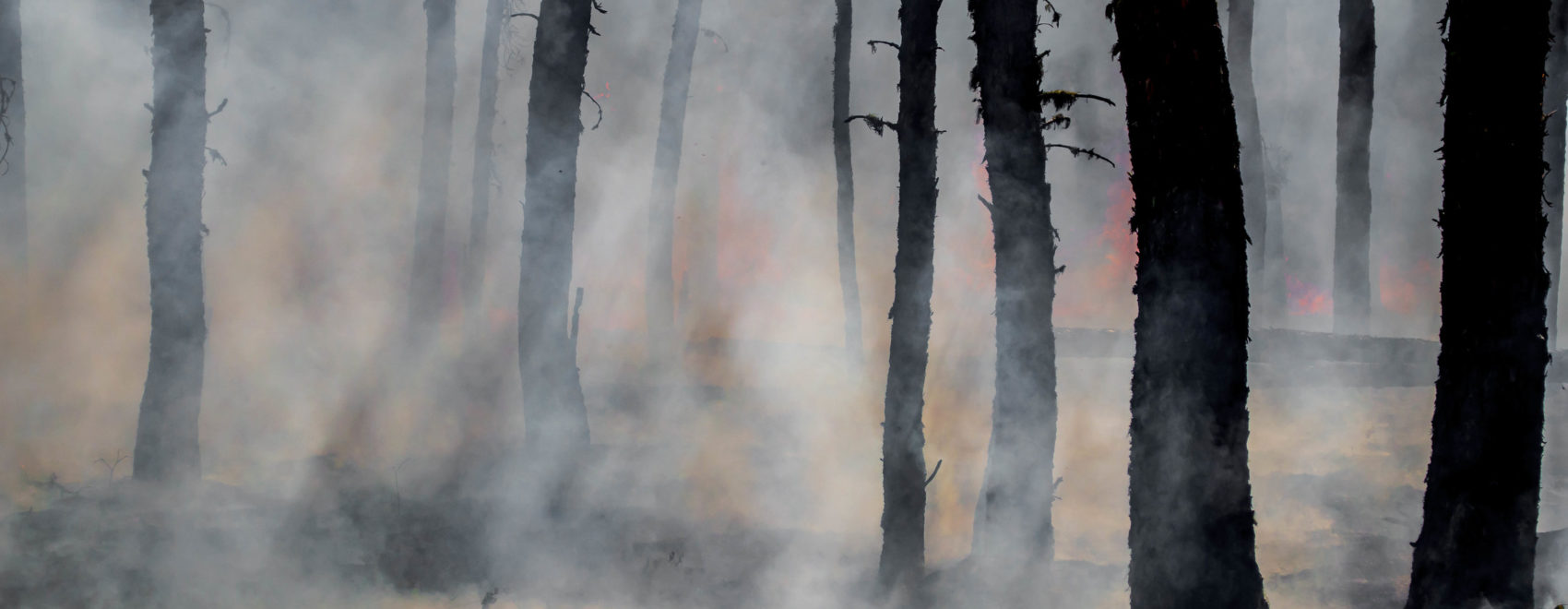Thompson, J.R., Spies, T.A., Ganio, L.M., 2007. Reburn severity in managed and unmanaged vegetation in a large wildfire. Proceedings of the National Academy of Sciences 104, 10743–10748
Debate over the influence of post wildfire management on future fire severity is occurring in the absence of empirical studies. We used satellite data, government agency records, and aerial photography to examine a forest landscape in southwest Oregon that burned in 1987 and then was subject, in part, to salvage logging and conifer planting before it reburned during the 2002 Biscuit Fire.

